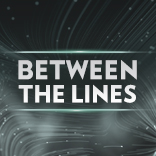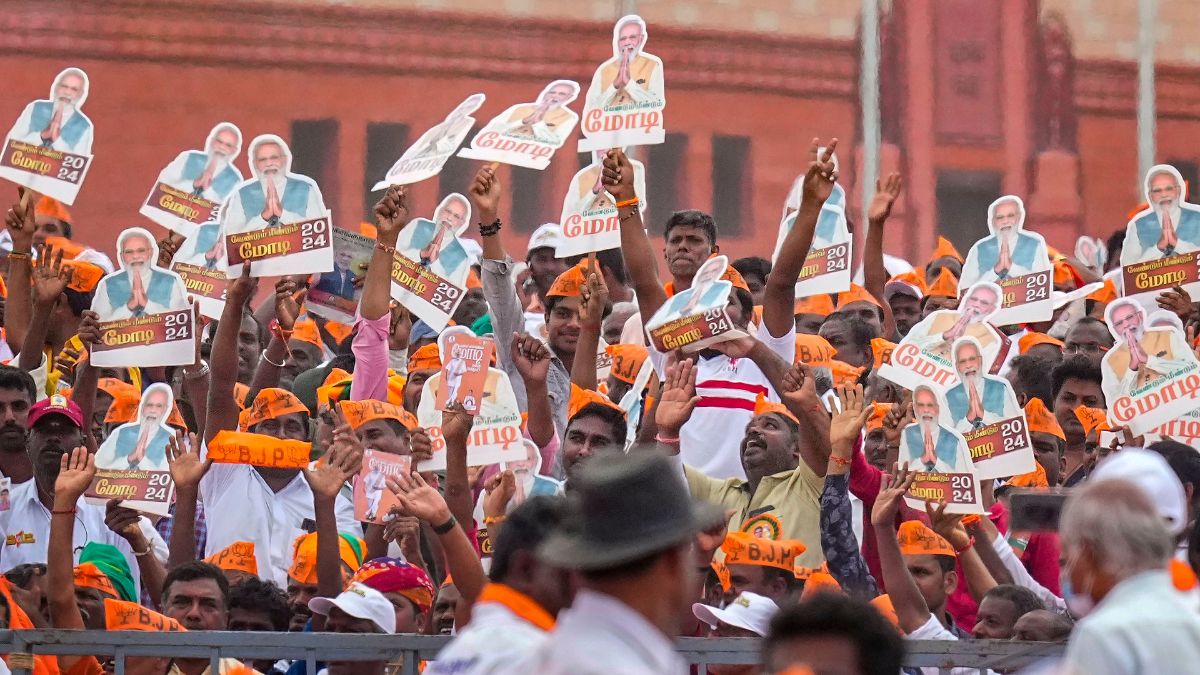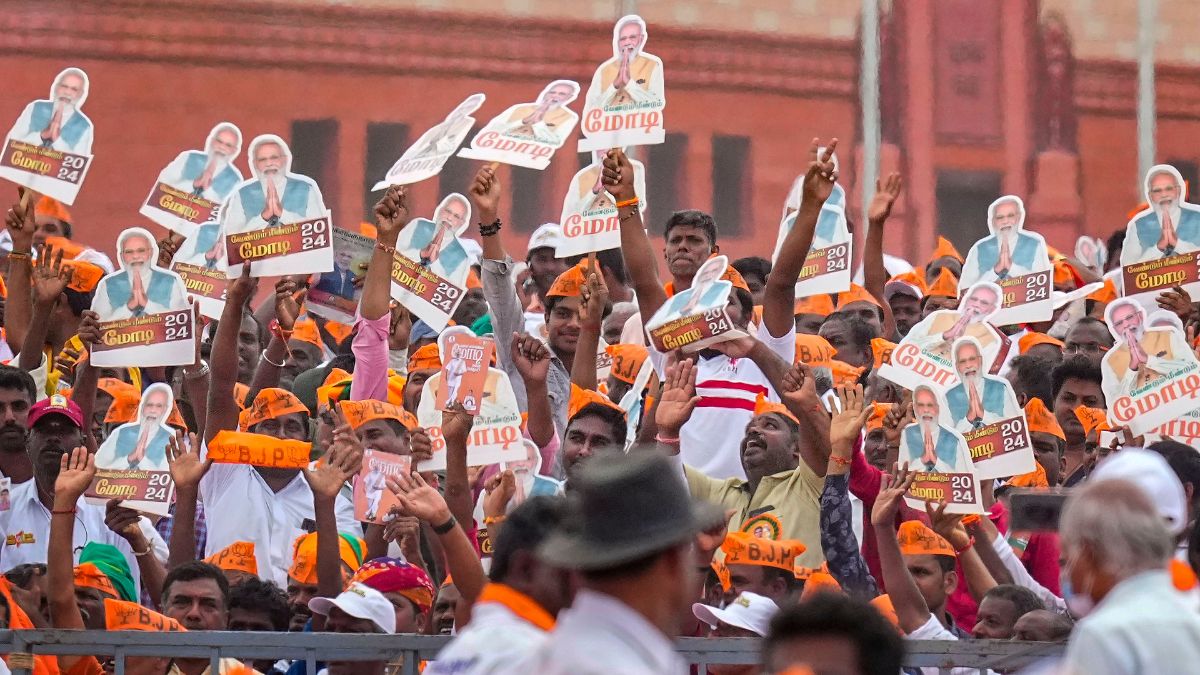India’s Aakash tablet, launched amid much fanfare last Wednesday, has fallen short of its sky high expectations.
Touted as the Nano of the tablet world — the cheapest tablet on the block at a cost of $35 (approx. Rs 1,700)— Aakash was launched on 5 October by Union Human Resources Development minister Kapil Sibal in New Delhi — aimed at university students who could not afford to buy expensive tablets and computers.
While the thought behind it was noble and deserves appreciation, the same cannot be said of the thought put into the making of the tablet.
Designed, developed and manufactured by a Canada-based firm called DataWind in co-ordination with IIT Rajasthan, the tablet appears to have skimped in quality to attract its prospective cost sensitive buyers.
CNN-IBN had an expert dissect it and the verdict was unimpressive: It uses a standard chip, the workmanship is shoddy, its circuit board is held together by electric tape and the wires used inside are cheap circuit wires (and not data cables).
While Aakash has some good features like instant Facebook access, an application to create and edit docs, games and a calender-cum-adviser, it is replete with drawbacks. Listed among its other cons are: the screen isn’t responsive, the device heats up quickly even in air-conditioning, it uses only Wifi — so travelling or being stuck in a space that does not have WiFi access may be an impediment — and the battery lasts only 3 hours, according to Jaimon Joseph of CNN-IBN who reviewed the tablet.
According to Sibal, the tablet is meant for students who cannot afford access to technology because of its restrictive prices. Products like Apple’s iPad that are hugely popular in developed countries like the US and UK — markets that are not cost sensitive — are beyond the reach of most of India’s 1.2 billion people who live in rural areas of the country.
Speaking that its launch , Sibal dedicated Aakash to “those who are marginalised and disempowered”, saying, “Aakash will ensure that digital illiteracy will be vanquished in far less time and give every child an opportunity to compete with their counterparts anywhere else in the world. The rich have access to the digital world, the poor and ordinary have been excluded. Aakash will end that digital divide.”
The tablet, which is expected to hit the retail market in November will be sold at $60 (approximately Rs 3,000) to the regular consumer.
The tablet has a 7 inch touchscreen, weighs 350 gms, is WiFi enabled, has 2 USB ports, 256 MB RAM, 2GB flash memory, 2GB micro SD card and an expandable memory of 32GB. It runs on Google’s popular Android platform — the 2.2 Froyo.
However, close on the heels of soon-to-be-launched Ice Cream Sandwich, the new Android OS, the Froyo may seem a tad bit outdated — with the Gingerbread and Honeycomb OS systems already having launched after the Froyo.
Tablet consumers may also have issue with small but essential features like its thickness, lack of an inbuilt camera, no GPS and no multitasking (a key feature that Android OS loyalists would swear by). Another huge drawback for loyal consumers may be the absence of the Android Market — from where applications and games for the OS may be bought.
The Indian government has plans to initially buy 100,000 units of the lightweight touch-screen device, which will be given to students for free and is aimed at propagating a more technological friendly platform for education that distributes electronic books and courses.
The number of internet users in India has steadily increased over the past decade, but it still stands at around 8 percent — with most users in urban India — compared to an almost 40 percent penetration in China.
Watch CNN-IBN’s review of Aakash:


)




)
)
)
)
)
)
)
)